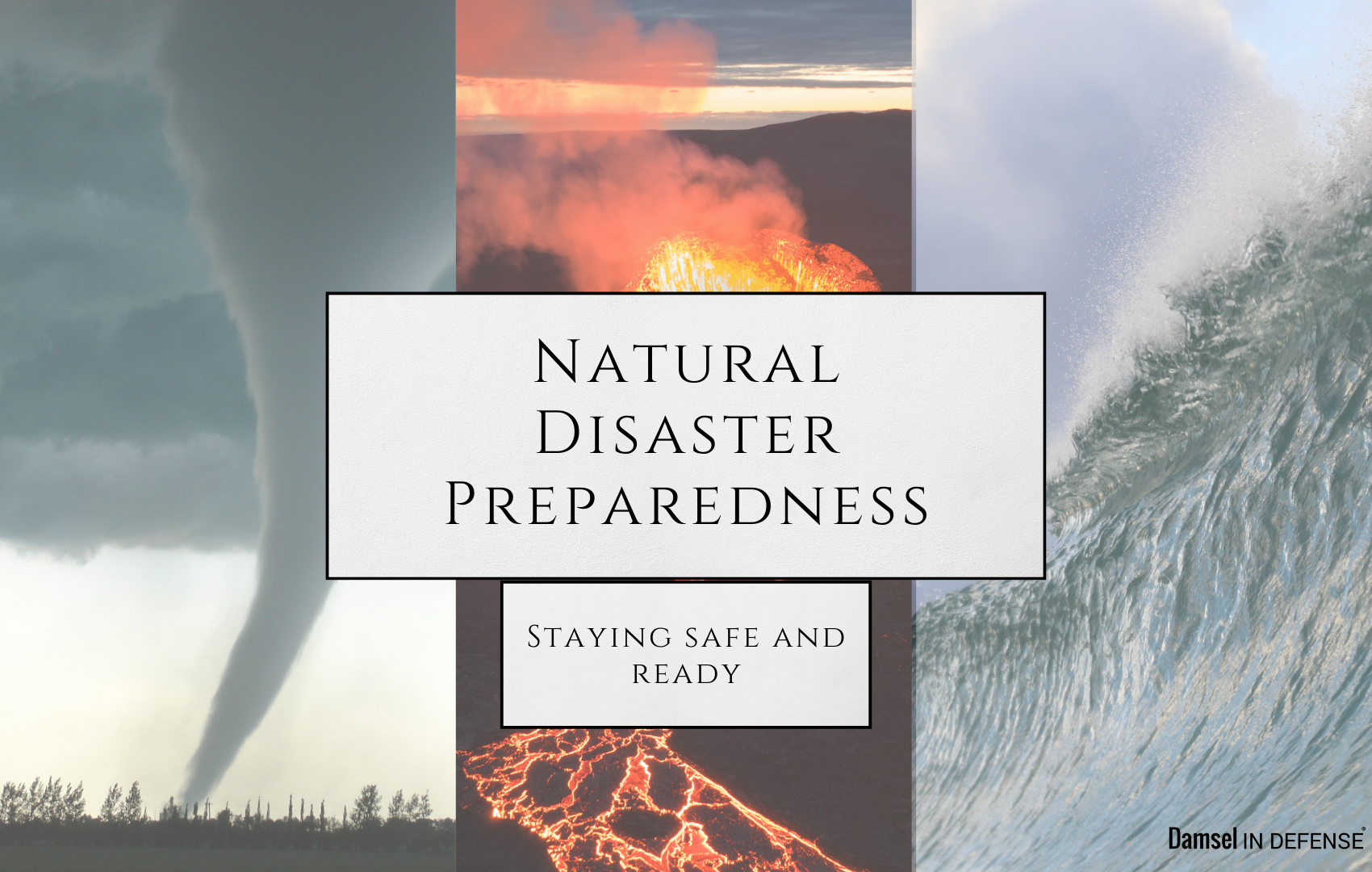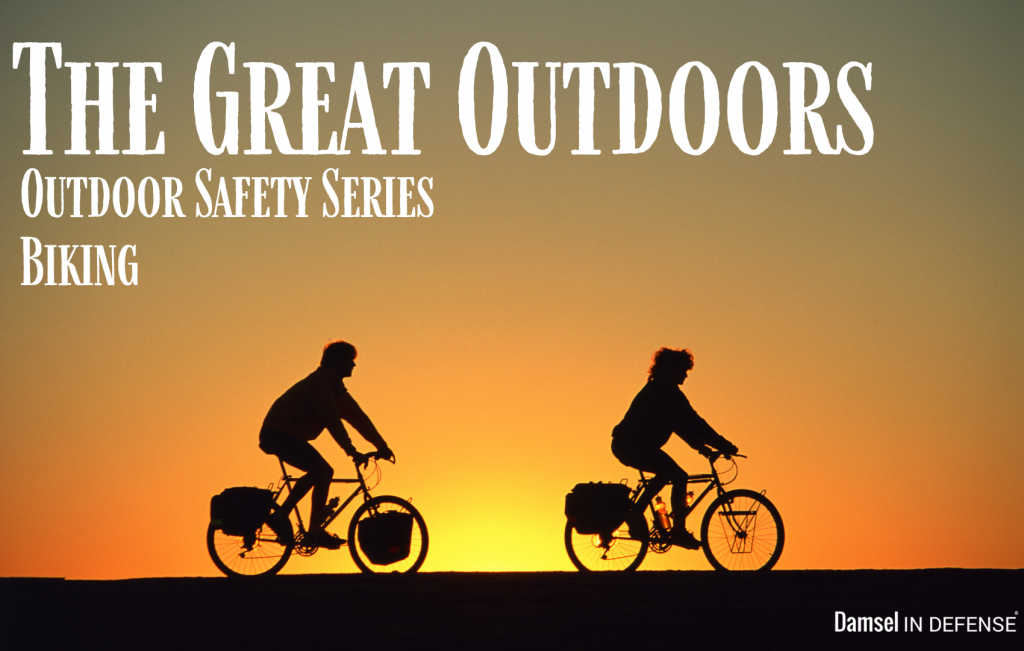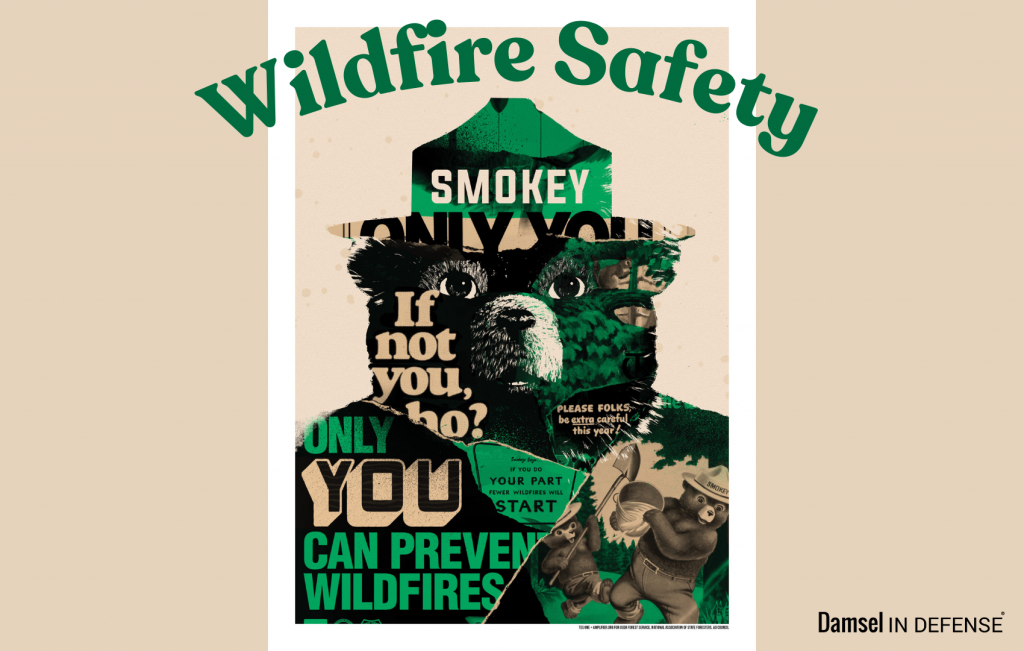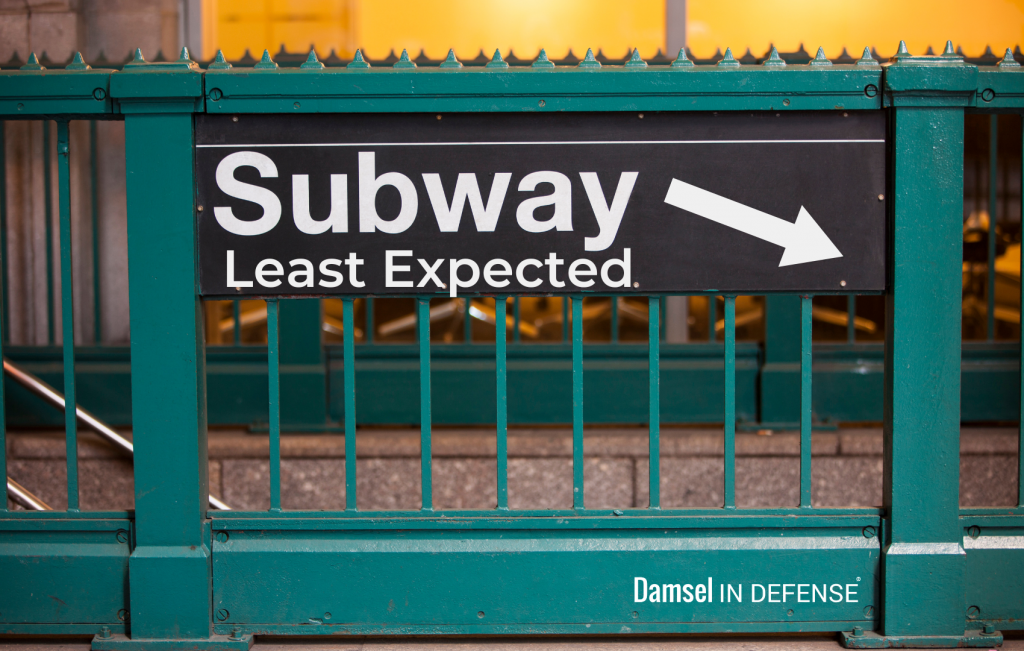
Natural disasters used to be completely unpredictable and come with little to no warning. Tornadoes, tsunamis, volcano eruptions, and more used to take countless lives when they struck but thanks to technology, we can now predict and evacuate most areas before the destruction and devastation hits. Satellites have played a crucial role in this alert system, but what happens if those systems fail and disaster is struck unexpectedly? Are you prepared?
We have researched and provided an overarching list of items one should always have in the event of any emergency. We have also provided a list of four common natural disasters and things you can do to prepare for them. It is also recommended to have a grab-and-go bag for emergencies that slip past alerts that have up to 72 hours of supplies. Rescue teams are trained to prioritize survivors within that time period after a disaster has struck as the survival rate drops dramatically afterwards.
Basic GO! Emergency Kit for any Disaster:
Per ready.gov, the following items should be packed in an all-weather backpack that is light enough to grab during a disaster:
- Clean drinking water
- Plastic water bottles or a LifeStraw will be great options. Typically, it is recommended to have a gallon for every day, per person; however, in a grab-and-go situation, having 2-3 bottles on you will be ideal.
- Food
- Protein bars, not breakfast or snack bars, are the best option as they will keep you full longer and give you the protein needed. We recommend around three day’s worth.
- Flashlight
- Our Road Trip Auto Tool, while designed for your vehicle, can be a great option thanks to the additional alarm, red light, and battery pack features.
- First Aid Kit
- A basic first aid kit can come in many different sizes and with many different components. We recommend researching one that will fit in your bag of choice.
- Whistle
- In the event a flashlight is unable to be reached, or if it unfortunately fails, investing in an emergency whistle will be a great backup option. Contact a Damsel Safety Educator here to inquire about our durable Whistle While You Work.
- Our Hear A Pin Drop is another great option that is a 120-decibel alarm and flashlight combo!
- Printed map
- Believe it or not, during natural disasters, phone and power lines are the first to be shut off due to the danger of live wires. Using a downloaded offline map or a printed map will be ideal for those situations.
- Female hygiene items and personal medications
- One of the most forgotten items on the list, personal medications and female hygiene items are important to have. We recommend putting at least three days worth in your bag.
- Cash and copies of important documents
- Having at least $15- $20 in your bag along with copies of your personal information can be very useful in an emergency event. For kids, we also recommend keeping a waterproof card with your information and their closest relative’s information on it in the event you are separated.
Hurricane and Tsunami Preparedness:
While an undetected catastrophic tsunami event, such as what occurred to the Belon family as depicted in The Impossible, is highly unlikely thanks to improved detection systems, the danger of an undetected or a fast-moving hurricane or tsunami are still possible. In the event of a detected or undetected hurricane and tsunami, here are some steps you can take to ensure your safety during the event:
- Grab your GO! Bag
- We recommend keeping this in a spot on the first level of a home, closest to a doorway entrance
- If an earthquake precedes, this likely is a tsunami. Duck, cover, and hold on until the shaking stops. Once stopped, go for higher ground and/or more inland.
- Do not wait for an official evacuation order, especially if a loud roar is heard or the ocean begins to recede.
- In a hurricane, the best place to be is sheltered in place, away from doors and windows. Unless an evacuation order is in place. In this case, get to higher ground. Hurricanes are usually marked by high winds and heavy rain.
- Hallways and the highest level of a building will be the safest places.
- Should you be caught in a flood, grab and hold onto a tree trunk or similar object. Do not jump in a pool or try to swim it out.
- Remember you are your own first responder.
- Learn basic first aid
- If in a foreign country, know where the major hospitals are located
- You are responsible for getting yourself back to your home country. Never assume you will receive special treatment if you are an American citizen.
Tornado Preparedness:
Glen Powell may have made Tornado Chasing look appealing, but in reality tornados are all but a laughing matter. The weakest tornadoes, EF0 to EF1, do get up to 110 MPH while the most violent, EF4 to EF5, can reach 200 MPH or more which leaves a variety of destruction in its wake. The following tips below can help you survive a tornado if you’re ever caught in one and tips to prepare when the siren wails.
- Find shelter
- Now is not the time to grab your GO! Bag as that could cause a delay in precious time. Going underground or taking shelter under a heavy table or desk on the lowest floor of your house is ideal.
- If you are outside, find a ditch, gully, or low spot and lay down. Do not try to get up and move, but rather army crawl if you need to move places.
- In public places, get to the basement if available or to the room with no or the least amount of windows on the lowest floor of the building.
- If there is no time to get to a basement or designated shelter while in a building, try to get in a door frame or under theater seats and remember to protect your head.
- Falling debris does just as much damage as the tornado itself.
- Avoid driving, overpasses, and mobile homes
- Like in the beginning of the movie, Daisy’s character, Kate, does get it right that overpasses are one of the worst spots to hide if caught outside. The winds have the potential to speed up under the pass which makes it all the more dangerous.
- Mobile homes, especially those built prior to 1976, are unstable against heavy winds and have been known to collapse under the heavy strain.
- Driving is also highly dangerous, even with a truck like Glen’s character Tyler has in the movie. Get off the road and not trying to outrun the tornado, unless you are far enough away to evacuate safely, gives you the best chance of survival.
Earthquake Preparedness:
Earthquakes can often be the start to other natural disasters, such as Tsunamis; however, for most areas, earthquakes tend to stand alone as a natural disaster in itself. The following can help you stay prepared for when the earth begins to shift under your feet:
- If you are in your home:
- Stay indoors – especially if you are in a city setting
- Avoid doorways as they are not stronger than the rest of the house and don’t protect you from falling or flying objects
- Do get under a steady table or desk
- Hold on firmly to the desk or table until the shaking stops
- If you are concerned about your house collapsing, get outside but stay away from buildings. The sturdiest homes during an earthquake are wood framed homes.
- If you are driving:
- Pull Over as far away from traffic as possible and Stop. Throw on your parking brake and, unless you are in immediate danger, do not get out until shaking stops.
- Most older bridges are not built to withstand seismic loads; therefore, if you are on a bridge, we recommend getting out of the car and getting off the bridge.
- If you are shopping or in public:
- Avoid being trampled by taking cover, should you be indoors.
- If you are outdoors, get into as open a space as possible, away from buildings, power lines, and chimneys that may collapse and fall on you.
Volcanic Eruption Preparedness:
This natural disaster is the least common of all the disasters but has the potential to have an impact on the whole planet.
- Grab your GO! Bag
- Follow the instructions of all local authorities
- Plan to protect your eyes, nose, and mouth from ash and smoke
- Your local government may advise you to stay inside, depending on the toxicity levels of the eruption
- Have N-95 masks and goggles on hand. These can help protect you from ash but not gasses that may be in the air.
- If told to evacuate, have a set plan in your household
- Ensure all members know where to meet if separated and that each member has a GO! Bag in the event members are separated for a little while.
Remember to listen to local authorities and your weather channel. Even if they overestimate a storm or natural disaster, it is better to be safe than caught in a sticky situation. For on-the-go products to stash in your car or GO! Bag, reach out to your local Damsel Safety Educator here.



